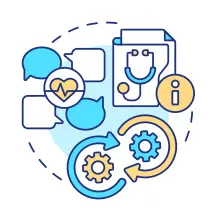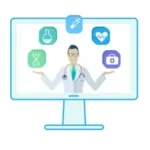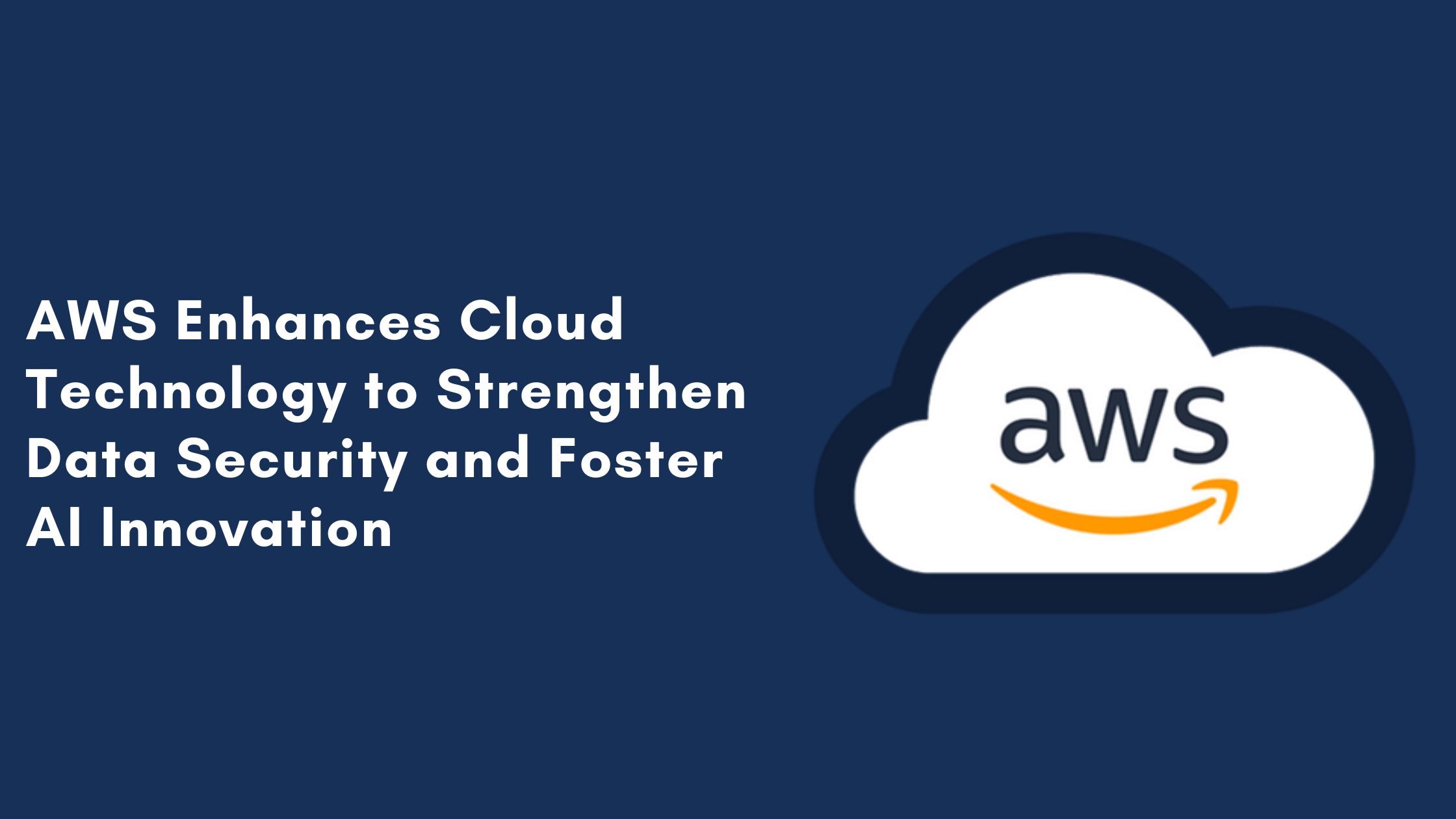
Healthcare administration is just one of the areas that robotic process automation (RPA) is transforming by automating tedious and repetitive processes. There are several advantages to integrating RPA into healthcare systems, including increased operational effectiveness and better patient care in this blog we will cover Robotic Process Automation in Healthcare Administration its significance, applications, and benefits.
What is Robotic Process Automation?
The term “robotic process automation” (RPA) describes the use of software “bots” to automate ordinary and highly repetitive processes that normally call for human participation. These bots simulate human behavior by interacting with software programs and digital systems to carry out operations like data entry, transaction processing, and information retrieval.
The Significance of RPA in Healthcare
Numerous repetitive duties, such as patient scheduling, billing, processing claims, and data management, are part of healthcare administration. Historically, These jobs have been done by hand, resulting in errors, inefficiencies, and expensive operating expenses. RPA simplifies administrative procedures to overcome these obstacles, freeing healthcare personnel to concentrate more on patient care than paperwork.
Benefits of RPA in Healthcare
Robotic Process Automation (RPA) techniques and software provide significant assistance to the healthcare sector in the face of mounting workloads, dwindling workforces, and escalating prices. Using RPA in the medical field can:
- Enhance and Personalize Patient Experience: Staff members can spend more time interacting with patients in person or virtually by automating monotonous chores, which results in more individualized and comprehensive care. Additionally, this facilitates the onboarding of new patients and offers improved access to medical records, enabling more informed decision-making.
- Improve Accuracy: Greater accuracy and consistency in data collecting, reporting, and other administrative operations within healthcare organizations are ensured by automating manual, error-prone tasks.
- Boost Productivity: By taking over time-consuming and repetitive activities, RPA allows healthcare staff to focus on more complex and strategic business areas.
- Reduce Costs: Labor-intensive, time-consuming, and resource-demanding tasks can be automated with RPA technology, which saves a lot of money by doing them more quickly, correctly, and with less need for human interaction.
- Increase Employee Satisfaction: RPA bots relieve employees of the strain of tedious and taxing activities, enabling them to make more meaningful use of their expertise, lowering burnout, and improving overall performance.
- Ensure Regulatory Compliance: RPA bots optimize data handling and reporting processes, ensuring adherence to compliance regulations concerning sensitive patient information.
- Enhance Interoperability: RPA makes it possible for data to flow seamlessly between many systems, including electronic health records (EHRs) and electronic medical records (EMRs), enhancing patient care and satisfaction and granting improved access to health data.
Potential Use Cases of RPA in Healthcare
Healthcare companies use RPA technology to automate a range of functions, including invoicing and processing, records administration, and front-office operations. The following are some instances of RPA’s application in healthcare:
- Administrative Data Entry: A crucial and prone to errors task when carried out by hand. Reducing errors and increasing efficiency, RPA may gather data from many sources, transform it into organized representations, and input it into databases.
- Appointment Scheduling: Through the assessment of incoming data, including patient symptoms and physician availability, RPA improves the effectiveness of appointment scheduling. Processes for patient admission and discharge are improved by this automation, which also lessens human labor.
- Claims Management and Processing: Managing a large number of claims requires repetition and patience. RPA automates these procedures using rules-based decision-making, which lowers mistake rates and guarantees regulatory compliance.
- Compliance Management and Audit Procedures: RPA produces precise audit reports and comprehensive logs automatically, which enhances governance and regulatory compliance.
- Data Entry, Management, and Migration: By automating processes like document printing, scanning, and data input, RPA simplifies processes like onboarding new hires and transferring patient records.
- Discharge Instructions: RPA bots can be configured to notify patients of impending exams and appointments, as well as to provide discharge and prescription guidelines.
- Medical Billing: RPA bots may automate the repetitive nature of billing and claims interactions between insurance companies and healthcare providers, effectively managing everything from follow-ups to first-line inquiries.
- Patient Onboarding: RPA makes it easier for staff to gather patient data, such as demographics, insurance information, and medical information, so they can easily develop or update electronic health records (EHRs) and electronic medical records (EMRs).
- Records Management: To secure patient data and medical records, healthcare organizations must follow stringent compliance guidelines. RPA bots protect data integrity and compliance by ensuring accurate and consistent records management.
Conclusion
Healthcare administration is changing as a result of robotic process automation, which automates repetitive processes and increases efficiency while cutting costs. Despite implementation obstacles, RPA is a worthwhile investment for healthcare organizations due to its many advantages. Healthcare providers can enhance patient care and organizational performance by utilizing Robotic Process Automation (RPA) to streamline their administrative processes.
The digital transformation of the healthcare industry is anticipated to be further propelled by the expected expansion of RPA technology’s applications in administration. Healthcare organizations that want to prosper in the contemporary, fast-paced, and increasingly digital environment must embrace RPA; it is not an option.






















